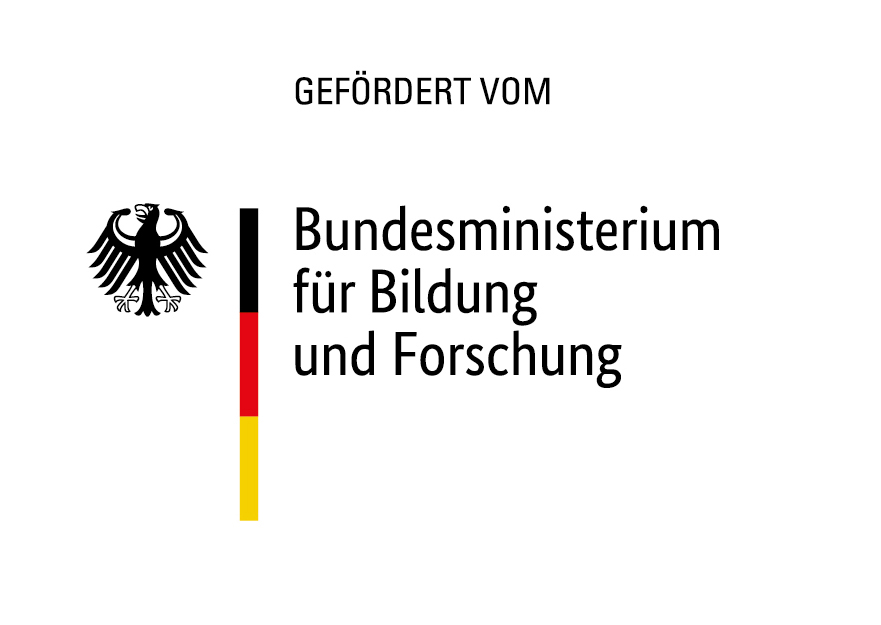Melting Futures: Understanding Ice Sheet Tipping Points
On the third day of the hpc4climate Summer School, participants were treated to a captivating and sobering keynote by Prof. Ricarda Winkelmann, Director of the Max Planck Institute for Geoanthropology. Her talk, titled “The Long-Term Legacy of Short-Term Climate (In)Action” (or simply, “Ice Matters”), sheds light on the profound and far-reaching implications of ice sheet dynamics in a warming world.
Ice Sheets: Archives of the Past, Indicators of the Future
Prof. Winkelmann opened by taking participants on a journey from the early days of polar exploration to today’s sophisticated climate models, showing how ice sheets serve as unique archives of Earth’s climate history. They hold clues about past climate shifts while signaling future risks, yet they are undergoing unprecedented change due to human-driven warming.
The keynote highlighted dramatic footage of Greenland’s largest recorded glacier calving event — a reminder of the immense power of ice dynamics, which can even generate tsunamis. Such events remain difficult to predict, but ongoing observations and modeling help scientists better understand these critical processes.
The Risks We Face: Sea-Level Rise and Irreversible Change
Ice sheets in Greenland and Antarctica together hold the potential to raise global sea levels by up to seven meters if they were to melt completely. Even now, both ice sheets are losing mass, largely following high-emission scenario trajectories. In Greenland, surface melt and increased rainfall are accelerating ice flow, including by infiltrating under the ice sheet and lubricating the bedrock. This also creates feedback loops where lower ice elevation leads to higher melting rates — a phenomenon known as the melting-elevation feedback.
Antarctica presents different challenges, with ocean-ice interactions driving sub-shelf melting and raising questions about the stability of key ice basins. Some regions may already be on a path of irreversible retreat, with potentially cascading effects on other Earth system tipping points.
Tipping Cascades and Timescale Clashes
Winkelmann introduced ongoing work from the Tipping Points Model Intercomparison Project (TipMIP), which explores tipping elements and also how one tipping element (e.g., ice sheet collapse) could trigger others (such as Amazon rainforest dieback), potentially leading to systemic shifts in Earth’s climate.
A key theme of the keynote was the mismatch between the slow response of physical systems like ice sheets and the shorter decision-making timescales of human societies. Even if warming were reversed, regrowing lost ice sheets would require temperatures to fall well below pre-industrial levels, making some processes effectively irreversible.
This clash of timescales underscores the long-term consequences of short-term climate inaction, raising profound questions of intergenerational justice for future societies that will live with the results of today’s decisions.
A Call to Action
“Ice matters,” Ricarda Winkelmann concluded. Not only as part of the global climate system, but also as a stark reminder that choices made now — on emissions, adaptation, and societal priorities — will shape coastlines, ecosystems, and human communities for thousands of years to come.
The keynote left students with a heightened awareness of both the complexity and urgency of the challenges ahead, setting the stage for deeper interdisciplinary discussions on how high-performance computing, Earth system modeling, and informed decision-making can help humanity navigate an uncertain future.
